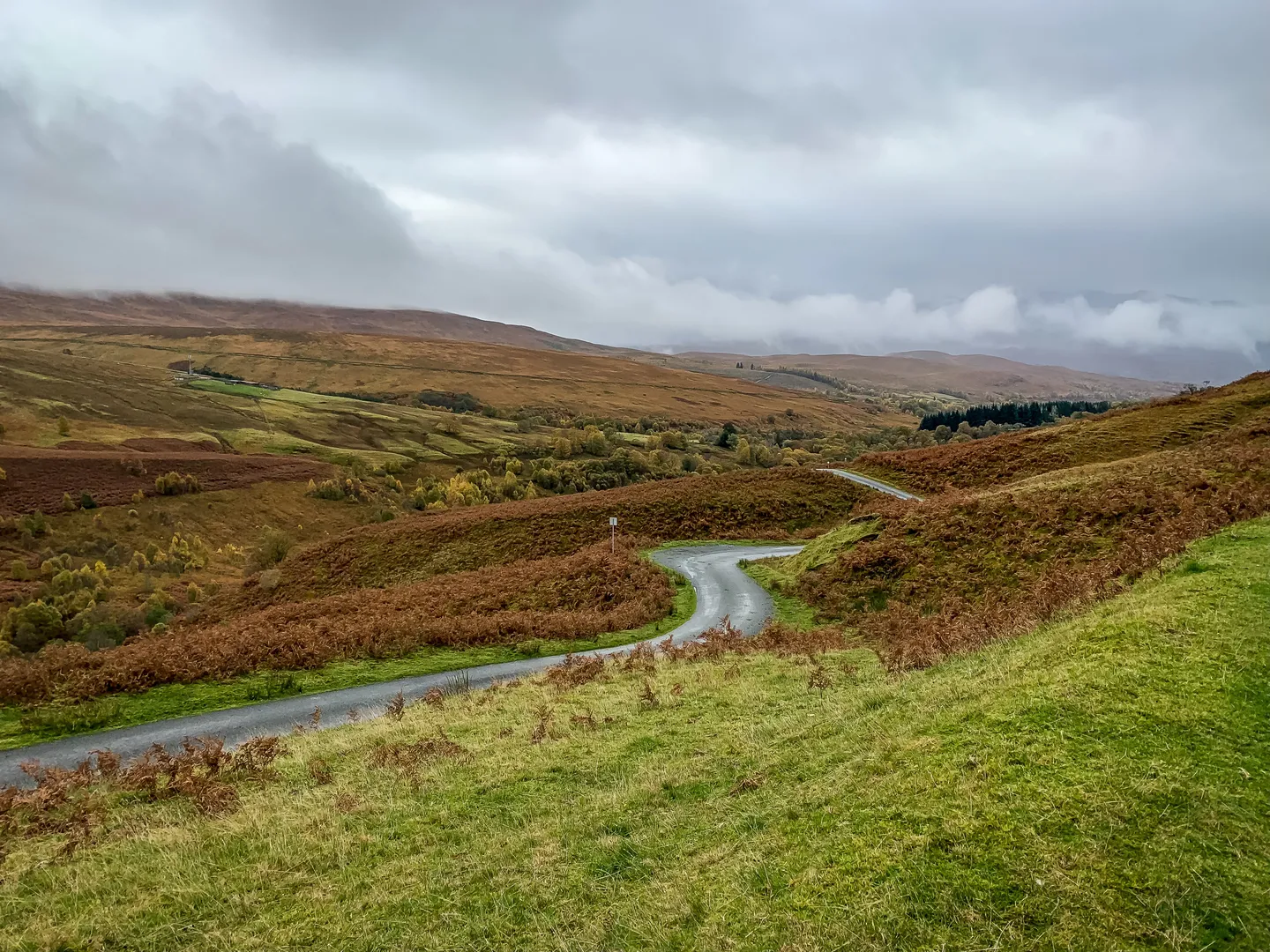Scotland's Natural Capital Investment Boom Cools as Market Realities Set In

In recent years, Scotland’s rural landscape has been the subject of intense interest from investors seeking to capitalize on natural capital and carbon offset opportunities. However, a recent report by Simeon Kerr in the Financial Times suggests that this “land rush” is losing steam, highlighting the complexities and challenges in the emerging market for environmental assets.
The Rise of the “Green Lairds”
The initial wave of investment was characterized by wealthy individuals, dubbed “green lairds,” purchasing large tracts of the Scottish Highlands. Notable among these was Danish retailer Anders Povlsen, who acquired significant landholdings with the intent to rewild former grouse-shooting moors.
This trend was soon followed by institutional investors and fund managers, who saw potential in commercial forestry and peatland restoration. Their interest was driven by schemes offering voluntary carbon credits, which could be used to offset emissions from UK-based activities.
Market Cooling Factors
Several factors have contributed to the cooling of this investment boom:
- Questions over carbon credit validity: The effectiveness and true value of carbon credits have come under scrutiny.
- Economic conditions: Broader economic challenges have impacted investor appetite [1].
- Regulatory changes: The Woodland Carbon Code, a UK government-backed initiative, strengthened its “additionality” tests in May 2022. This move aimed to ensure higher-quality carbon credits and promote more diverse tree planting.
- Approval delays: Investors have faced bottlenecks in getting project approvals from Scottish Forestry, the government body overseeing the Woodland Carbon Code.
- Market valuation adjustments: Land prices, which had seen significant inflation, have reportedly dipped by 20-25% over the past two years, according to Patrick Porteus of sales agency Landfor.
Impact on the Scottish Landscape
The investment boom has had mixed effects on Scotland’s rural areas:
- Biodiversity improvements: The revised Woodland Carbon Code has encouraged the planting of more native broadleaf trees alongside faster-growing species like Sitka spruce.
- Community concerns: Land reform activists argue that large-scale natural capital schemes do not adequately benefit local communities.
- Peatland restoration: With degraded peatland representing 15% of Scotland’s emissions, restoration efforts offer a quicker and potentially cheaper means of offsetting emissions compared to tree planting.
The potential remains
Despite the current slowdown, the potential for natural capital investments in Scotland remains significant. Tom Croy of Par Equity notes, “The government’s ambition is to move towards net zero — so there is an opportunity for capital to flow into Scotland”.
However, the market faces several challenges:
- Balancing commercial timber production with biodiversity goals
- Addressing community concerns and promoting local benefits
- Streamlining approval processes for forestry and peatland projects
- Developing more robust frameworks for valuing and trading carbon credits
As Tim Coates, co-founder of Oxbury, an agriculture-focused bank, observes, “The promise of natural capital is high, so it’s a matter of timing as to when they become meaningful as markets, rather than as bespoke transactions. But we aren’t there yet”.
The cooling of Scotland’s natural capital investment boom underscores the complexities of translating environmental goals into viable market mechanisms. As the sector matures, it will need to address these challenges to realize its potential in supporting Scotland’s ambitious net-zero emissions target for 2045.
Sources: [1] Kerr, S. (2024). Scotland’s rural ‘land rush’ slows as bubble for natural capital bursts. Financial Times. https://www.ft.com/content/45e30487-a96d-4f55-9bb9-9d364ac9f3fe
Note from RuralFinds
This slowdown in natural capital investments presents an interesting counterpoint to Scotland’s broader environmental initiatives. While private investment in rural land for carbon offsetting may be cooling, the Scottish government continues to push forward with ambitious plans to achieve net zero emissions by 2045.
In our previous article, “Shaping a Greener Future: Scotland’s Journey to Net Zero with the Landmark Buildings Consultation” we explored how Scotland is taking bold steps to revolutionize its building sector’s energy efficiency. This initiative, focusing on sustainable heating practices in buildings, complements the natural capital efforts discussed here. Both approaches - improving energy efficiency in the built environment and enhancing natural carbon sinks - are crucial components of Scotland’s multifaceted strategy to combat climate change.
We invite our readers to explore this earlier piece to gain a more comprehensive understanding of Scotland’s journey towards sustainability. By examining these interconnected efforts, we can better appreciate the complexities and challenges involved in transitioning to a low-carbon economy, as well as the diverse approaches being employed to achieve this vital goal.
